New ventilation requirements and cavity wall insulation: what householders need to know
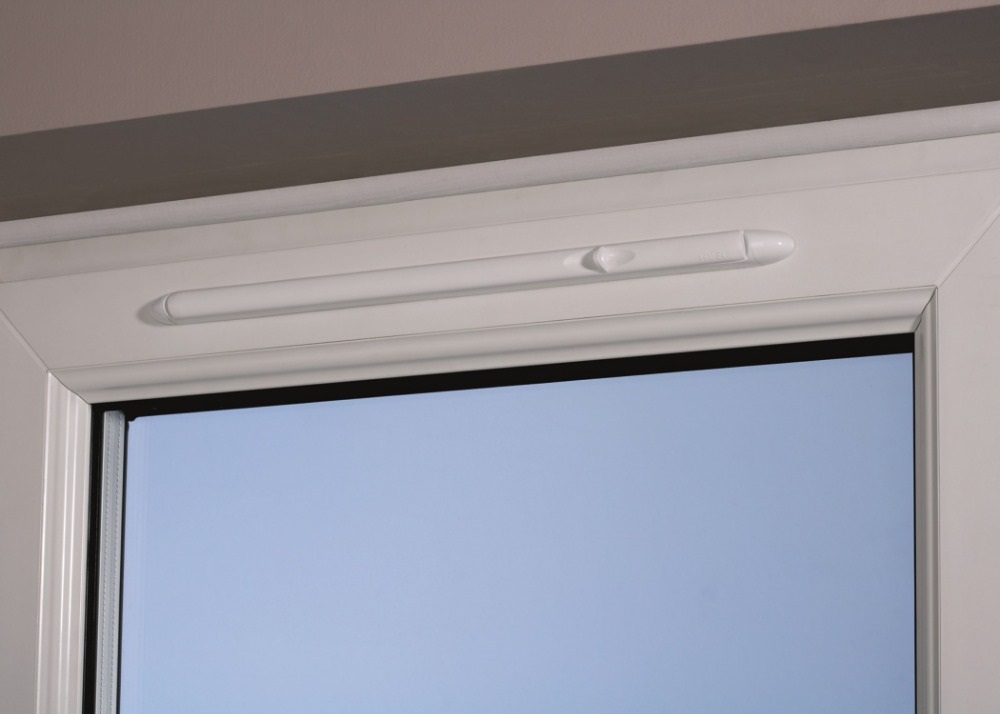
According to the Energy Saving Trust (EST), around one-third of the heat loss from most homes is through the walls. By having cavity wall insulation installed, householders can save up to £690* per year on their energy bills and benefit from a warmer home in the colder winter months.
The government has backed cavity wall insulation as an effective energy efficiency measure for many years now. As a result, cavity wall insulation has been included as a primary measure in several government energy efficiency schemes.
New government driven standards, that came into effect from the 1st of July 2021, mean that householders who sign up to funded cavity wall insulation through the Energy Company Obligation (ECO) scheme, will benefit from a new requirement to install additional ventilation in their homes, where required.
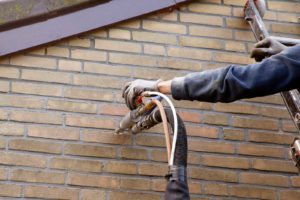
Installer injecting the cavity wall with insulation.
But what does this mean for householders looking to have cavity wall insulation installed? In this blog, we tell you all you need to know about the new government driven standards on ventilation when having cavity wall insulation installed and how it will benefit you.
What is ECO?
The Energy Company Obligation (ECO) is an obligation placed by the government on to the energy companies to provide funding to qualifying households, for energy efficiency measures.
It is designed to help low-income families and those in receipt of benefits, improve the energy efficiency of their home, save money on energy bills while helping to reduce carbon emissions.
You can find further information on the Energy Company Obligation (ECO) and the qualifying criteria by reading our blog here.
New improved standards: PAS 2035
It will be mandatory that all work carried out by installers, under the Energy Company Obligation (ECO), must be compliant with a new specification, known in the industry as PAS 2035.
This is great news for householders who qualify for ECO funding around the country, as it will offer greater reassurance to those having energy retrofit improvements.
Householders eligible for funding for cavity wall insulation and other energy efficiency measures, will benefit from new standards. This will give householders peace of mind and the confidence that high standards continue to be met, that they are receiving the best energy efficiency advice and additional ventilation will be considered.
But what does this really mean in practical terms? What additional ventilation will be installed into your home, and how will you benefit?
Additional ventilation: the benefits
If you are eligible for funding for cavity wall insulation and have it installed after the 1st of July 2021, you may be required to have additional ventilation installed at the same time.
Effective ventilation helps keep your home energy-efficient, safe, and healthy as it helps to control the air flow.
Great news for householders! Here are just a few of the benefits of improved ventilation in your home:
- Regulates air flow in your home
- Positive impact on health and wellbeing
- Helps to control household temperature
- Reduces risk of condensation, residue and mould
- Expels air impurities and odours
Find out more about the positive impact of additional ventilation in your home, by reading our blog here.
Types of ventilation
Under the new government driven standards installers will assess whether any additional ventilation requirements are needed in your home during your survey. As well as assessing your homes ventilation needs, they will fit them and fund through the Energy Company Obligation.
There are different types of ventilation that householders may benefit from:
Background ventilation
Background ventilators are vents that can be opened and closed to let fresh air into your home. The most common are trickle vents fitted in your window frames.
Occasionally, wall vents are alternative options where trickle vents cannot be fitted.
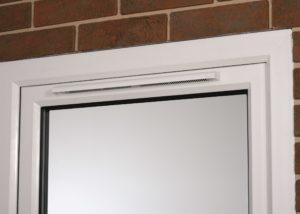
Window trickle vent in External canopy
Trickle vents:
- Two-piece window frame ventilator for habitable rooms and wet rooms.
- Allows the introduction of fresh air into the room to disperse moisture, odours and other airborne pollutants.
- Quickly and easily fitted.
- Have an internal vent which can easily be adjusted to control the amount of air flow into a given room.
Mechanical ventilation
Extractor fans may need to be installed into wet rooms within your home.
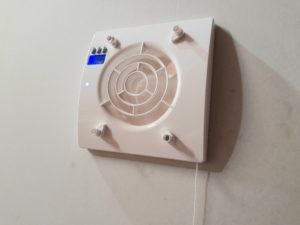
Extractor fan ventilation
Extractor fans:
- Designed to comply with the latest Building Regulations.
- Allows the introduction of fresh air into your wet room to disperse moisture, odours and other airborne pollutants.
- Quiet and efficient
- Maintenance free
Crossflow ventilation
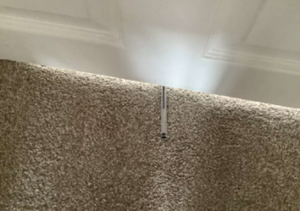
Pen underneath the internal door
In the unlikely event that there is no 10mm gap under each of your internal doors, installers may need to undercut each door to aid airflow. The exception to this is for any fire doors within your home.
*According to the Energy Saving Trust: Estimates based on a detached gas-heated home. Figures are based on prices under the Energy Price Guarantee running from April 2023 to the end of June 2023.






